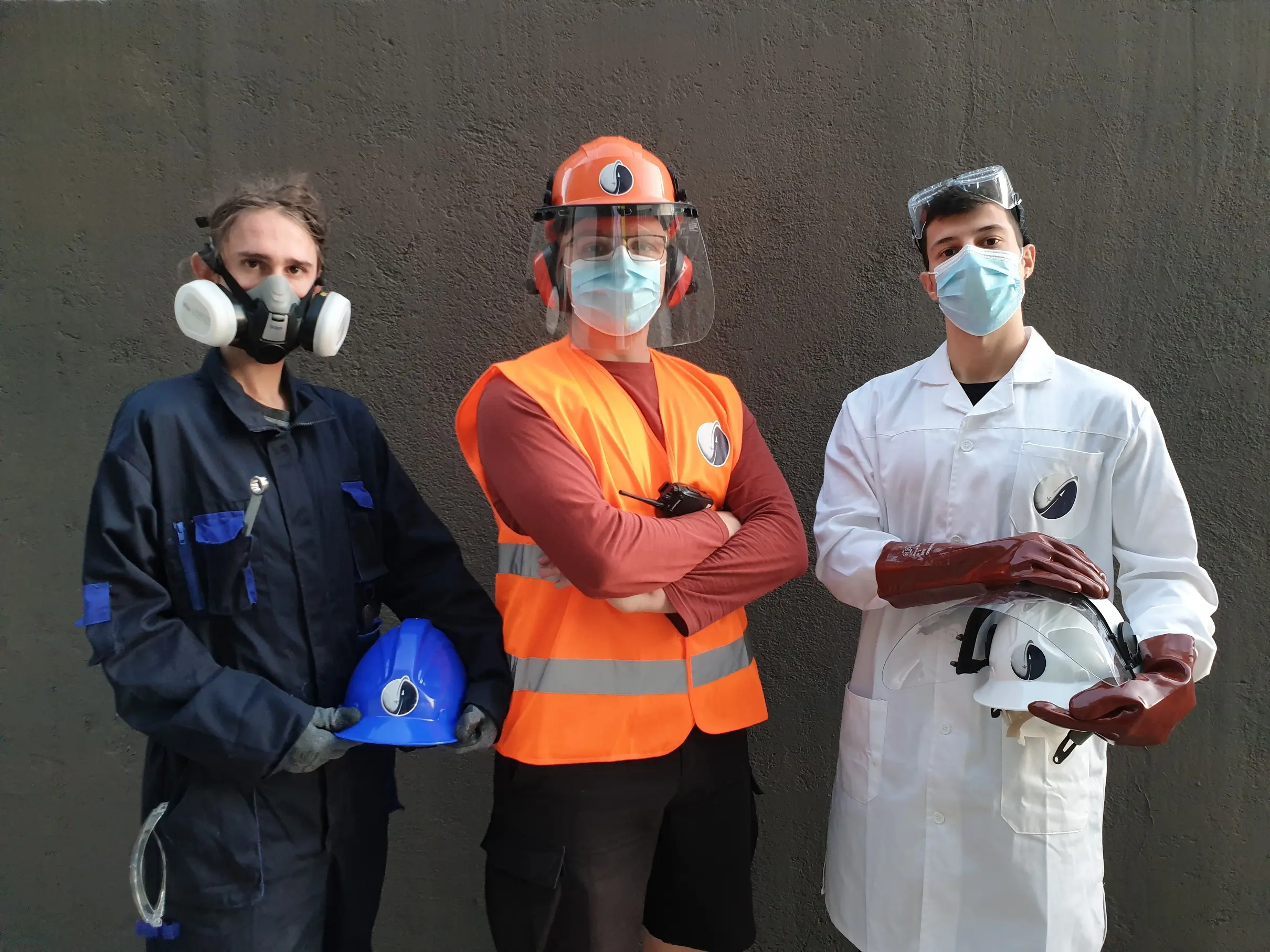The Avionics subsystem is responsible for the rocket’s electronics design, testing, and programming. The members mostly focus on the recovery electronics, that consist of:
- The flight computer – a PCB in control of the parachute’s ejection mechanism’s activation.
It operates in an STM32 environment, gathering altitude, acceleration, and orientation data from multiple sensors to accurately determine the rocket’s position. Once the apogee is detected, an event is triggered that activates the drogue parachute’s ejection mechanism. Then, the main parachute is released at a predetermined altitude. Telemetry and GPS tracking is also incorporated into the flight computer, resulting in a compact and flexible design.
- The Ignition box – fires the rocket’s motor from a safe distance, to initiate the flight.
It is located near the rocket’s launch pad and is used as a communication channel between the Ground Station and the rocket. When the launch command is sent by the Ground Station, the Ignition Box fires the propellant inside the rocket’s motor and the flight begins. The team has designed and manufactured the Ignition Box in such a way that a false fire up of the rocket is avoided and maximum safety is served.
- The Ground station – communicates with and controls the aforementioned systems.
It is the Control Center of the rocket’s flight. It can easily and safely be operated by the team’s members, at a secure distance from the launch pad. The Ground Station is responsible for sending the launch command to the Ignition Box and receiving the rocket’s exact location when landed.
In case a need for other electronics equipment arises in the team, the members are expected to provide convenient solutions to aid the rest of the subsystems, such as the PCBs monitoring the environmental conditions of the payload’s experiment.




